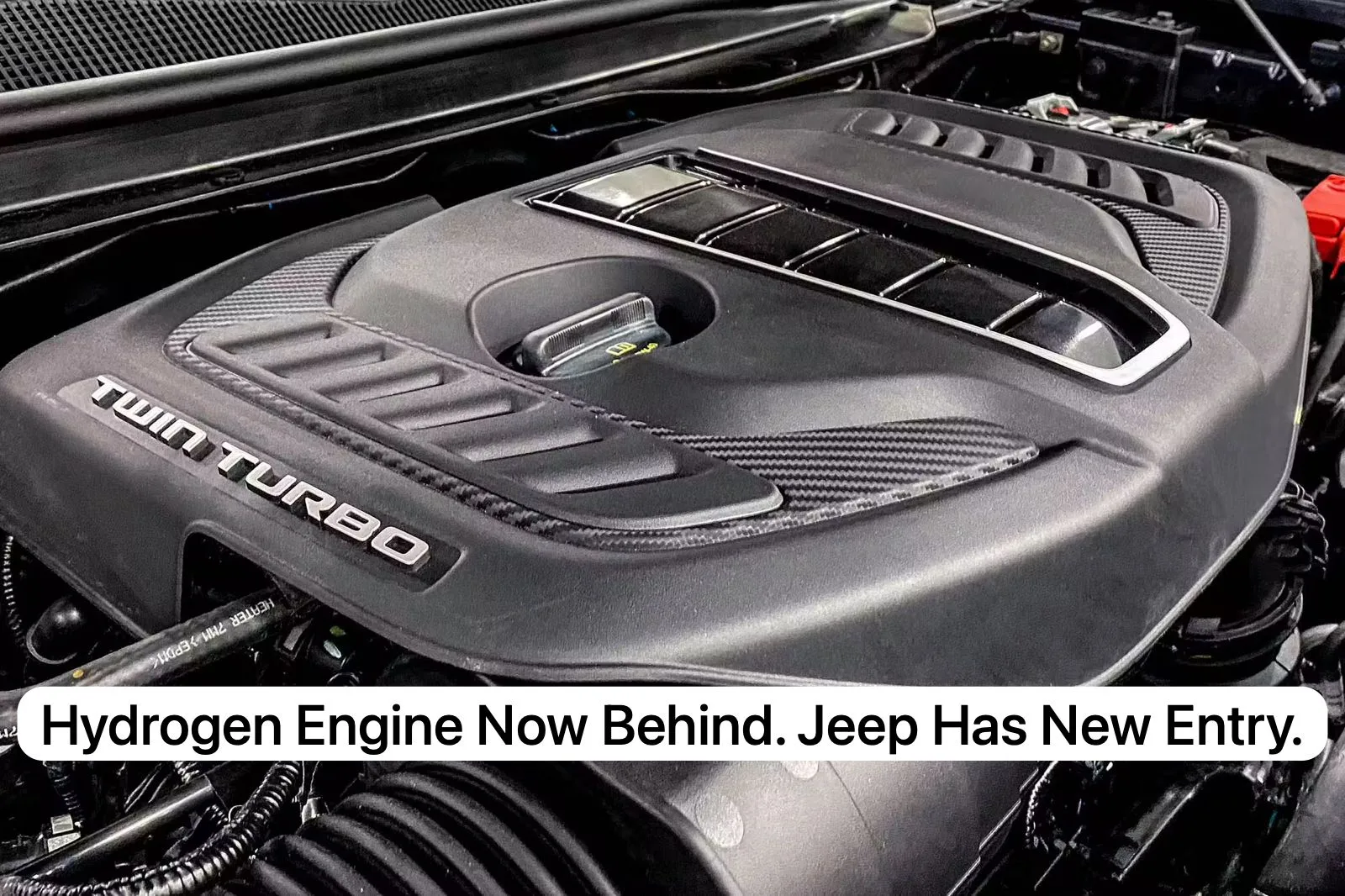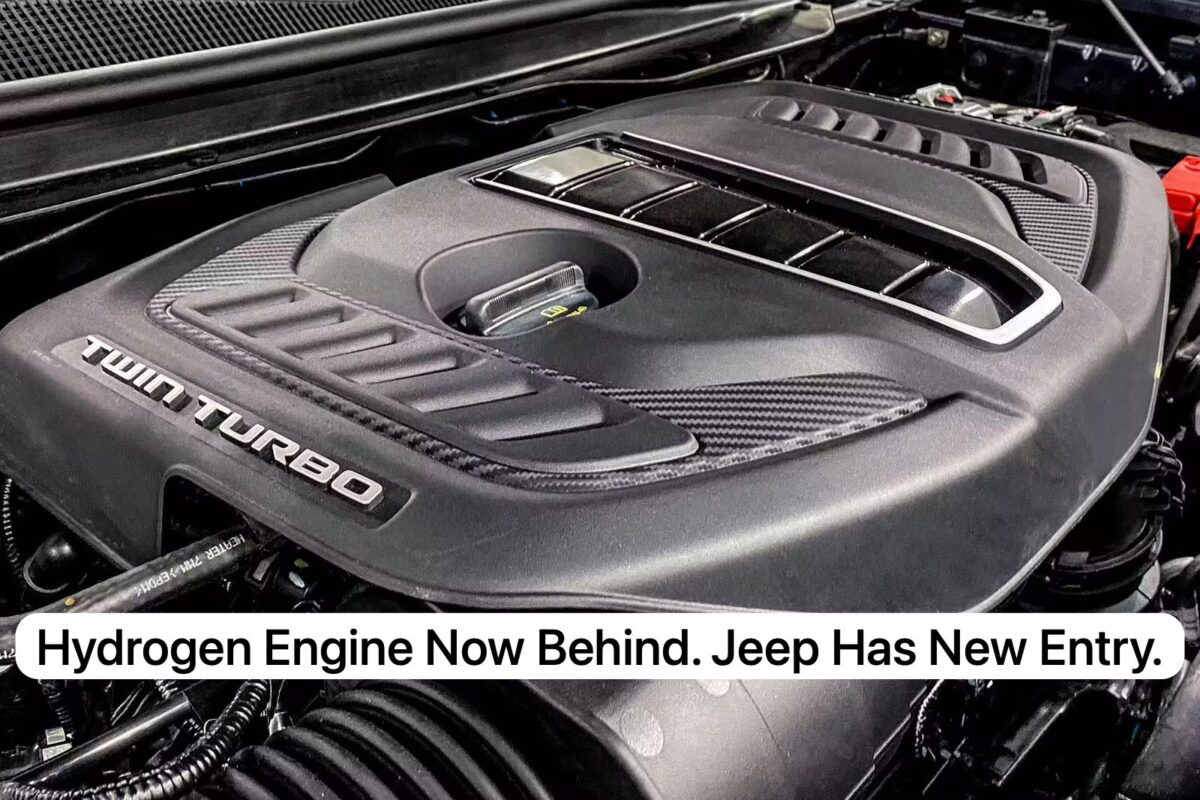While the future of automotive fuels often points towards electric vehicles (EVs) and hydrogen fuel cells (FCEVs), some brands, including Jeep under the Stellantis group, are exploring alternative directions. Jeep, along with its sibling brands Ram and Dodge, has introduced a groundbreaking new engine called the Hurricane, which is poised to redefine the powertrain landscape for modern vehicles.
The Hurricane Engine: Key Features and Configurations
The Jeep Hurricane engine is a 3.0-liter twin-turbocharged inline-six-cylinder engine, designed to replace the larger V-8 engines while delivering superior performance and efficiency. Here are the standout features:
- Inline-Six Configuration: This classic layout is known for its smooth operation and balance, ensuring all engine parts work seamlessly together.
- Twin Turbochargers: These enhance both power and fuel efficiency, providing the engine with the necessary boost for high performance.
- Direct Fuel Injection: Improves fuel delivery and combustion, leading to better efficiency and power output.
- Overhead Camshafts: Two overhead camshafts allow for precise control of the engine’s valve timing, enhancing performance.
- Plasma Transfer Wire Arc Cylinder Linings: This advanced technology reduces wear and friction within the engine, contributing to its durability.
- Low-Friction Timing Chains: Designed to reduce friction and increase the engine’s overall efficiency.

Performance Metrics
The Hurricane engine comes in two configurations—Standard Output (SO) and High Output (HO):
- Standard Output (SO):
- Power: Over 400 horsepower.
- Torque: 450 lb-ft.
- Fuel Efficiency: Up to 15% better than traditional large engines.
- High Output (HO):
- Power: Over 500 horsepower.
- Torque: 475 lb-ft.
- Fuel Efficiency: 13% more power density than comparable large engines.
Future Outlook and Impact
The introduction of the Hurricane engine is part of Stellantis’ broader vision to transition from traditional V-8 engines to more efficient and powerful alternatives. This engine is expected to play a vital role in the company’s future vehicle lineup, potentially being integrated into hybrid and electrified powertrains.
While hydrogen and EVs are seen as the future, the Hurricane engine demonstrates that there are other viable options being explored, such as compressed air and ammonia, which are under testing in Europe and Asia.





